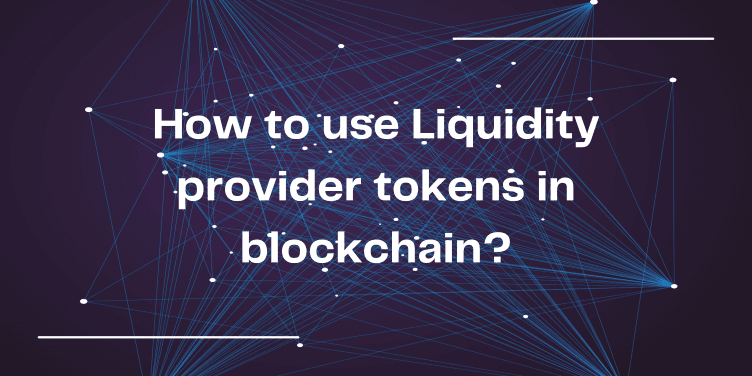Liquidity term refers to the ease with which any cryptocurrency or token can be bought or sold at an exchange without causing any major change in the price. Any currency can be said to be liquid if it can quickly be traded and at a fair price. The more liquidity is available, the more things will be equal, stable and less volatile
Importance of Liquidity:
There are number of reasons for which liquidity is important:
- Price Stability: In a liquid market, enough buyers and sellers are allowed to trade to occur without causing any significant price fluctuations. The price stability in the market is an essential trait for the investors who want to make informed decisions about buying, selling and investing in the cryptocurrency.
- Market Efficiency: The prices reflected in the market tend to be more accurate with the true value of assets, which leads to more efficiency in the market. A less liquid market tends to be less efficient with higher transaction costs as it is difficult to find a buyer or seller who is willing to trade at a fair price.
- Accessibility: In a high liquidity market, it is easier for an investor to enter and exit the market, as there are a large number of buyers and sellers available.
- Investment Return: In some cases higher liquidity can generate higher returns for the investors.
- Risk Management: As it is easier to find buyers and sellers for a highly liquid token, the risk of getting token void becomes less.
A liquidity provider is an individual or an organization which supplies the liquidity to the market by offering buying and selling assets at a predefined price. A liquidity provider in blockchain are the organizations or the individuals who deposit the tokens into the liquidity pools in a decentralized exchange.
Steps for using liquidity provider on a decentralized exchange:
Here are some general steps of using a liquidity provider on a decentralized exchange:
- Choosing a decentralized exchange platform: There are a number of decentralized exchanges available in the market. The foremost step is to choose a decentralized exchange that meets your needs.
- Choosing a trading pair: Usually in decentralised exchanges, it is required to choose to trade one cryptocurrency with another. So you will be needed to choose a trading pair token.
- Deposit the tokens: For providing liquidity, you will be needing to deposit an equal number of both the tokens from the token pairs. This is usually done by connecting the wallet to the decentralised exchange and then following the further instructions provided in the DEX.
- Receive liquidity provider tokens: After depositing the tokens, you will receive a liquidity provider token in exchange. These tokens represent the share you hold in the liquidity pools which you can use to withdraw any time.
- Monitor your investment: Since you have provided liquidity, your investments are in the market risk. Hence, it is important to keep your eye on the market and to your investments.
- Withdraw your tokens: It is possible to withdraw your tokens by exchanging the liquidity provider tokens with your original tokens from the liquidity pool. The amount that you will receive will be dependent on the current value of the token that you hold.
Conclusion:
In conclusion, Liquidity is an important part of the market and of blockchain. A liquid market enables efficient trading, price stability and accessibility for investors. It plays an important role in decentralized finance by ensuring the sufficient trade volume. As there are a number of advantages, there are a large number of disadvantages that come with it like high market risks. In the end, liquidity enables efficient and fair trading with higher potential returns.

